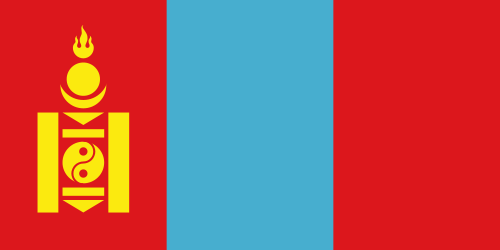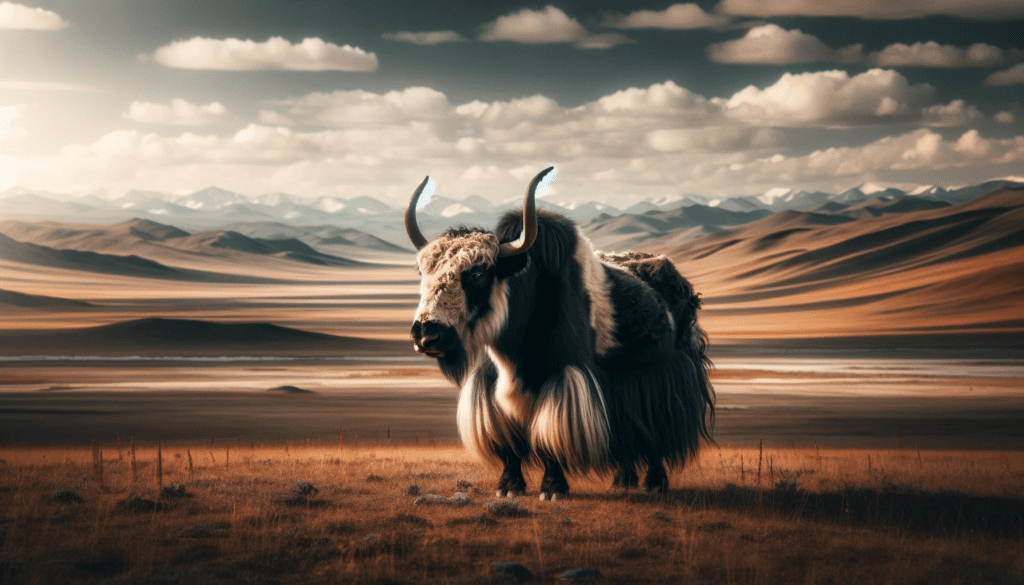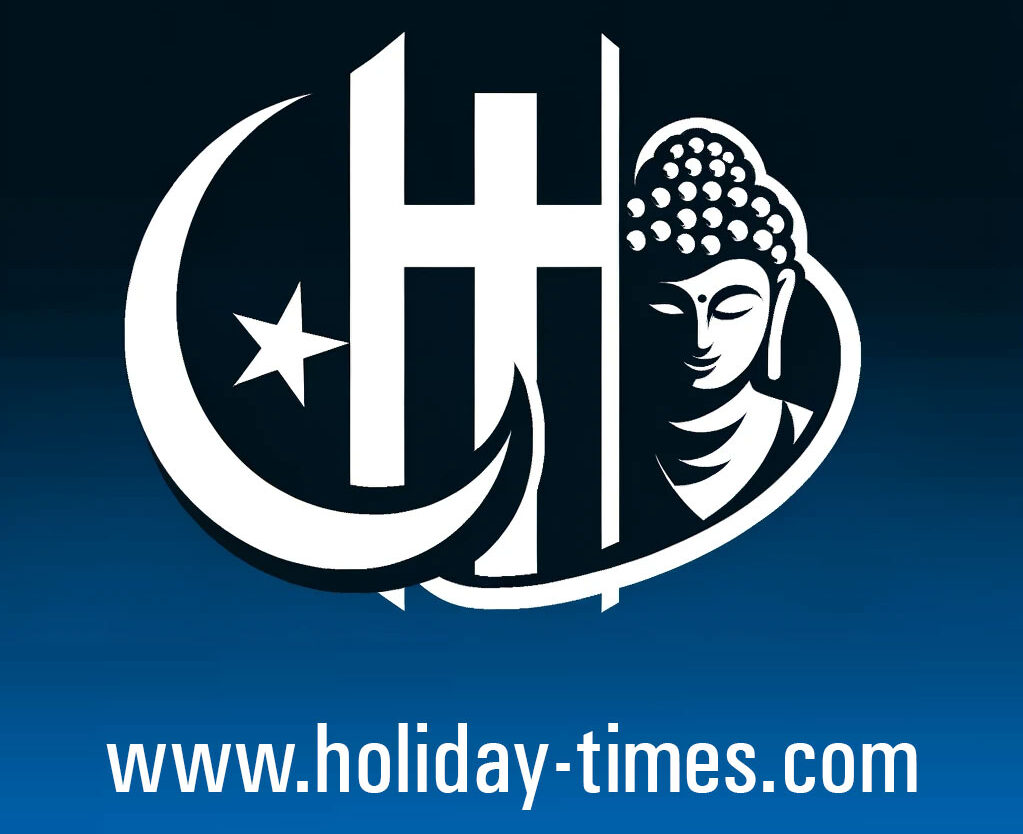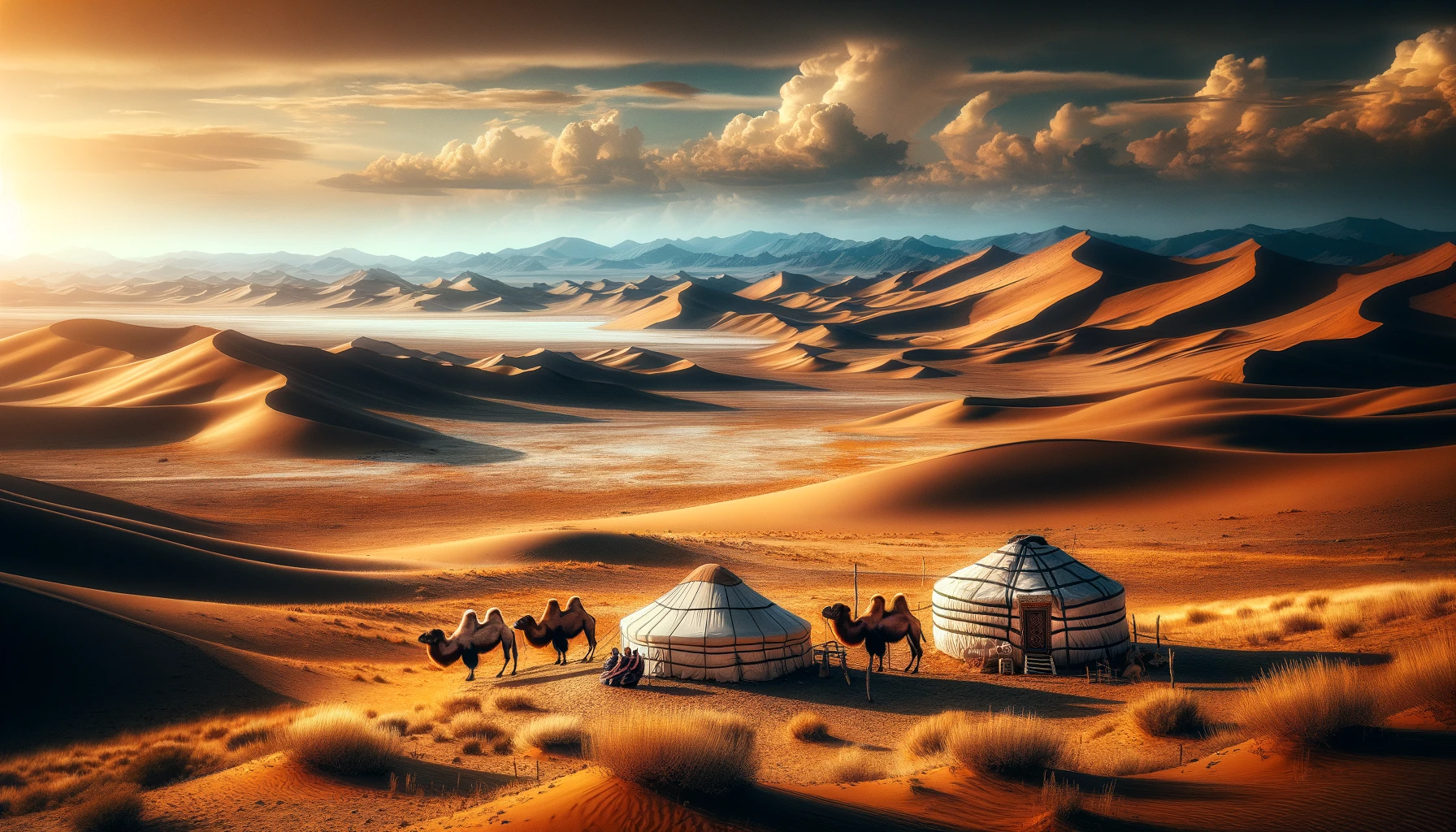Mongolia, a nation bordered by China and Russia, is known for its vast, rugged expanses and nomadic culture. Its landscape ranges from the Gobi Desert to the Altai Mountains, offering a raw and unspoiled beauty. The capital, Ulaanbaatar, centers around the bustling Chinggis Khaan (Genghis Khan) Square. Mongolia, with its rich history as the heartland of the Mongol Empire, is a unique blend of ancient traditions and a deep reverence for nature, epitomized by the traditional Ger (yurt) dwellings and the annual Naadam Festival.
List of Public and National Holidays for Mongolia in the year 2024
- New Year’s Day: Monday, 1 January 2024
- Tsagaan Sar (Lunar New Year): Friday, 16 February 2024, to Sunday, 18 February 2024
- International Women’s Day: Thursday, 8 March 2024
- Children’s Day: Friday, 1 June 2024
- Naadam Holiday 2024: Wednesday, 11 July 2024, to Sunday, 15 July 2024
- Chinggis Khaan’s Birthday: Thursday, 8 November 2024
- Chinggis Khaan’s Birthday Holiday: Friday, 9 November 2024
- Republic Day: Monday, 26 November 2024
- Independence Day: Saturday, 29 December 2024
Facts and Infos about Mongolia
- Population: 2.7 million (UN, 2010)
- Capital: Ulan Bator
- Area: 1.56 million sq km (603,909 sq miles)
- Major language: Mongolian
- Money: 1 Togrog (tugrik) = 100 mongos
- Internet domain: .mn
- International dialling code: +976

Introduction
Mongolia, a nation with deep nomadic roots, is known for its vast and rugged expanses. This landlocked country in East Asia offers a unique blend of ancient traditions and modern development.
Historical Overview
Mongolia’s history is notably marked by the Mongol Empire, founded by Genghis Khan in the 13th century, once the largest contiguous empire in history. Its rich heritage is reflected in its enduring customs, music, and art.
Geographical Landscape
Characterized by vast steppes, deserts like the Gobi, and mountains, Mongolia’s terrain is as varied as it is expansive. Its extreme continental climate has cold winters and short summers. It borders with Russia and China.
Cultural Richness
Mongolian culture is deeply influenced by the nomadic way of life. Traditions like horseback riding, wrestling, and the art of the Khoomii (throat singing) are integral to Mongolian identity. The traditional dwelling, the ger (yurt), symbolizes the nomadic spirit.
The Naadam Festival
Naadam, the most important festival, showcases Mongolia’s traditional sports: horse racing, wrestling, and archery. Celebrated in July, it’s a vibrant display of cultural pride and heritage.
Economic Dynamics
Mongolia’s economy relies heavily on mining and agriculture. Rich in resources like coal, copper, and gold, the mining sector drives much of its economic growth. However, the country faces challenges in diversifying its economy.
Political Structure
Mongolia is a parliamentary republic. Since its peaceful transition from communism in 1990, it has maintained a multi-party system, with democratic elections and a growing focus on development and international relations.
Society and Demographics
The Mongolian population, though sparse, is a tapestry of various ethnic groups, with the Khalkh Mongols being the largest. Urbanization is increasing, with many residing in the capital, Ulaanbaatar, yet a significant number of Mongolians maintain a nomadic lifestyle.
Environmental Conservation
Mongolia’s vast natural landscapes are under threat from overgrazing, mining, and climate change. Conservation efforts are being made to protect its unique ecosystems and wildlife, including the iconic Przewalski’s horse.
Arts and Literature
Mongolian arts and literature are profoundly influenced by its history and nomadic culture. The epic of “Geser” and the tales of Genghis Khan are significant literary works. Traditional crafts include intricate embroidery and felt making.
Global Engagement
Mongolia actively participates in international forums, focusing on issues relevant to landlocked and developing countries. Its foreign policy is characterized by neutrality and engagement with major global powers.
Tourism and Heritage
Tourism is a growing sector, with attractions like the Gobi Desert, Lake Khövsgöl, and the historic Erdene Zuu Monastery. Visitors are drawn to its unique culture, outdoor adventures, and the opportunity to experience the nomadic lifestyle.
The Mongolian Yak

The yak, a long-haired bovid found throughout the Himalayan region of South Asia, the Tibetan Plateau, and as far north as Mongolia and Russia, is an integral part of life in these high-altitude regions. Adapted to the cold, yaks have a dense undercoat beneath a longer outer layer of hair, which protects them from harsh winter temperatures. Primarily domesticated, they are used for various purposes by local communities, including as pack animals and for their milk, meat, and wool. Yaks are known for their sturdy build and ability to navigate rugged mountain terrain, making them invaluable to the indigenous people of these areas.
Conclusion
Mongolia, a land where ancient traditions meet the challenges of the 21st century, continues to fascinate and inspire. Its commitment to preserving its cultural heritage and natural beauty makes it a unique destination in Asia

